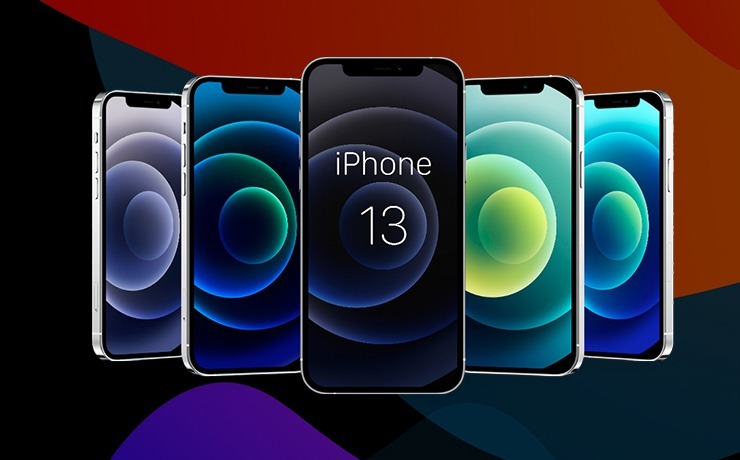Aniket Pande from BlazeTechnica reviews the latest line of iPhones launched at the recent Apple Event.
September 14 put to rest the rumors that have been circulating the latest line of Apple products to be introduced to the market. Here’s a brief review of the most awaited product: the iPhone 13 series.
iPhone 13 and 13 mini

Camera
Just like the iPhone 12 series, iPhone 13 series comes in four models. Apple added some minor design changes to the rear camera layout for iPhone 13 and 13 mini – the earlier vertical arrangement of the dual cameras now comes in a diagonal design. The hardware for the camera has been upgraded to two 12MP sensors for regular and ultrawide shots, with the front-facing camera also upgraded to 12MP. Sensor shift stabilisation, earlier available only on Pro models has now been made available for iPhone 13 and 13 mini. Another great introduction has been the new software features such as the cinematic mode for the rear camera and the centre stage feature for the front camera; this is applicable for the entire series.
Display
iPhone 13 and 13 mini come with a 6.1-inch and 5.4-inch Super Retina XDR display respectively. Although not too different from the iPhone 12 and 12 mini, the additional feature of 800 Nits, which goes up to 1200 Nits in HDR makes outdoor visibility the best ever. The notch has gotten slightly smaller and it packs the same face ID mechanism for unlocking the phone.
Highlights
Powering these new iPhones is Apple’s new A15 Bionic Processor which Apple claims offers 50% faster CPU performance and 30% faster GPU performance; this is compared to the A14 Bionic found on the iPhone 12 series. iPhone 13 and 13 mini continue to support 5G, allow for wireless charging and are water and dust resistant, rated IP68. While battery capacity is yet to be revealed, the current claim is for 2.5 hours longer life than the previous models. Base storage has also increased, holding 128 GB as compared to the earlier 64 GB.
Price Range:
iPhone 13: INR 79,900 (starting)
iPhone 13 mini: INR 69,900 (starting)
Just Launched: iPhone 13 series
iPhone 13 Pro and 13 Pro Max

Camera
The Pro line has largely improved on camera hardware, adding a new set of regular, ultrawide and telephoto cameras, along with sensor shift stabilisation and added support for ProRes video, Apple’s own video codec. Dolby Vision HDR is also supported up to 4k 60fps. The front camera measures 12MP.
Display
In terms of design, the similarities to the Pro line for iPhone 12 remain the same, with the addition of new colours. The display, however, has had a major update. The iPhone 13 Pro and 13 Pro Max come with 6.1-inch and 6.7-inch Super Retina XDR display respectively, with ProMotion display up to a high refresh rate of 120 Hz, able to go as low as 10 Hz. Apple claims the display can be up to 25% brighter outdoors than ever before and continues to enable face ID mechanism.
Highlights
Pro models in the 13 series continue to be powered by the A15 Bionic processor. The notch on 13 Pro and 13 Pro Max has gotten slightly smaller. Apple has improved the 5G connectivity for the entire 13 series by adding support for more bands. Just like the previous models, 13 Pro and 13 Pro Max also support wireless charging and are IP68 water and dust resistant.
Price Range:
iPhone 13 Pro: INR 1,19,900
13 Pro Max: INR1,29,900
13 Pro Max (ITB storage variant): INR 1,79,900
































